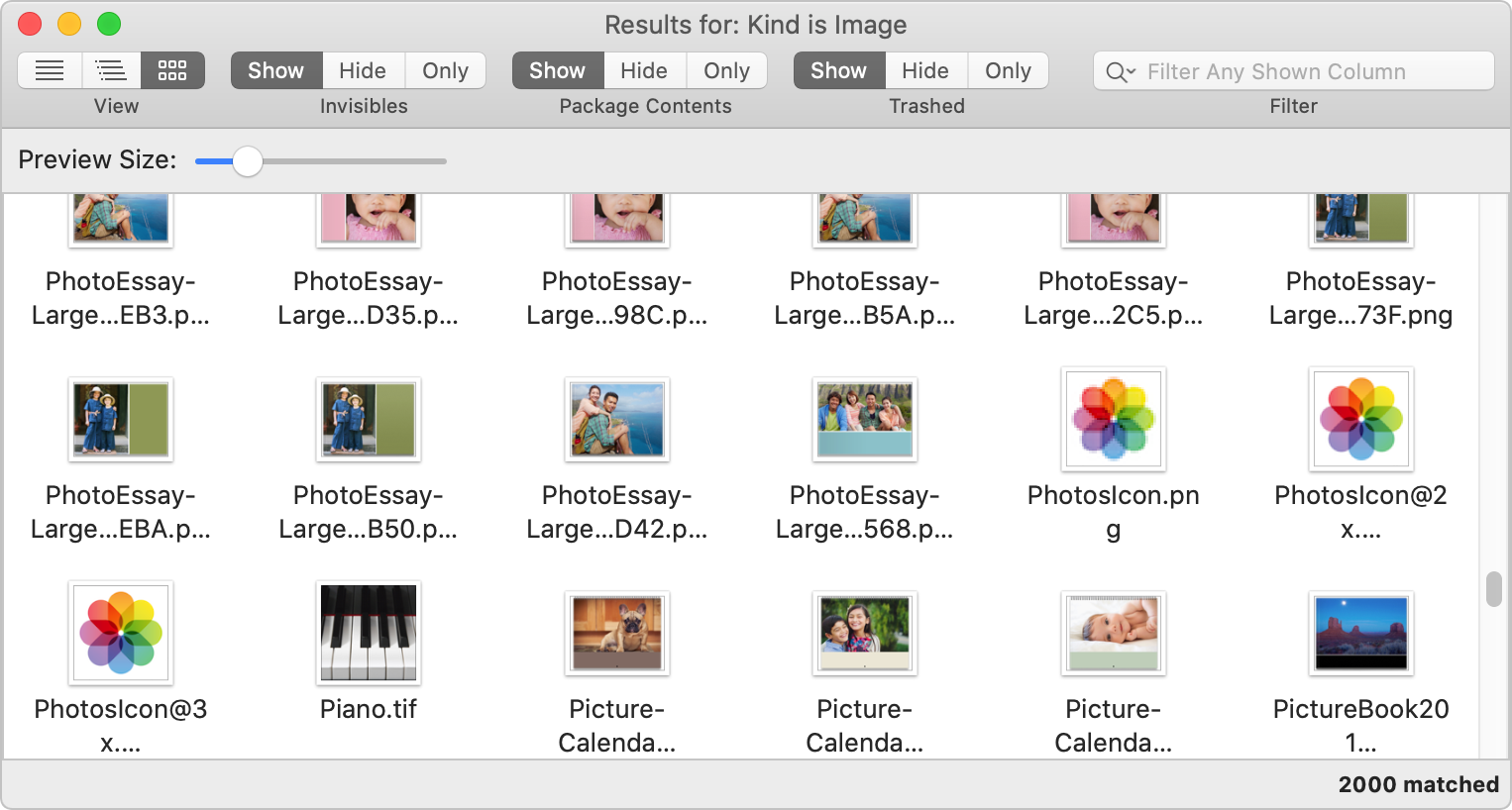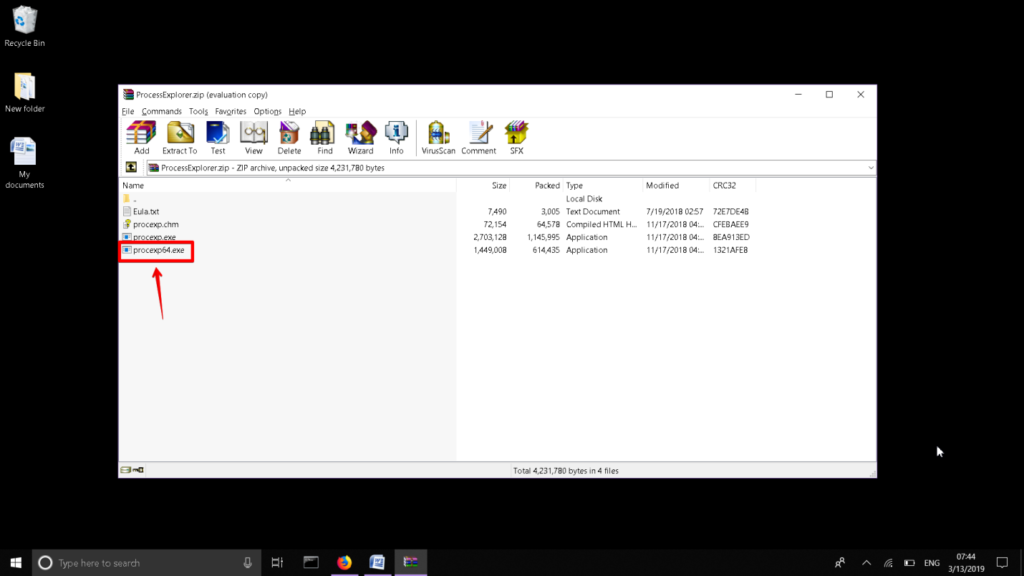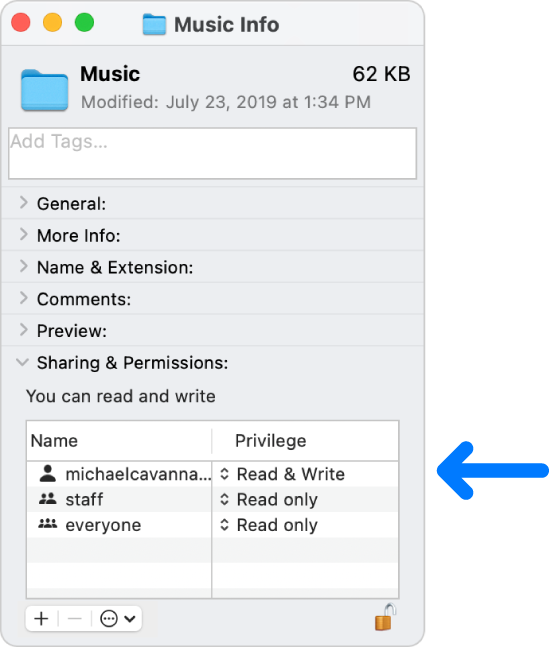


- #Search for locked files mac how to
- #Search for locked files mac mac os
- #Search for locked files mac password
- #Search for locked files mac mac
Now, you should see the greyed out folder turns to normal black.Ī similar topic you may be interested in: How to fix photos half grayed out. Or you can set the time to any day as you wish. Type SetFile -d /Path/to/grayed-out-folder/ and tap on return.īy running the command, the date of your grayed out files or folders will change to. Go to Applications and open the Terminal app. Open Finder and find the grayed out folder or file that shows 24 January 1984 error. You can make it with the help of XCode (download XCode from the App Store).
#Search for locked files mac mac
How to Fix Mac Folders Grayed out in TerminalĬhanging the date of the folder or file is a feasible way to fix greyed out folder on Mac. Whatever the reason is, the result is the files or folders greyed out you cannot open the folder.
#Search for locked files mac mac os
Many factors can cause this problem, like a fault in the file system entry for the file, or Mac hard drive formatting, interruption in the file or folder copying process, power failure, Mac OS crash, and more. When Mac folders or files greyed out and were inaccessible, your Mac could detect the error and set the date the Macintosh was first introduced, January 24, 1984.


How could I fix grayed out folders or files on Mac without data loss and damage?" Did it mean those files were created on that date? That's ridiculous. "I managed to transfer some photos and videos from an old Seagate external hard drive to my Mac, but they all grayed out and couldn't be accessed! By the way, the grayed out folders and files reported an error 24 January 1984. Why my folders and files greyed out on Mac? To restore the lost folders and files, run EaseUS Mac data recovery software, scan device.
#Search for locked files mac password
If the Name field doesn’t show “(Me)” or you can’t select any of the popup menus, click the lock icon in the lower-right corner, and then enter an administrator account and password to complete step 4.Open Finder > Locate the greyed out folder or file > Go to Application > Open Terminal. In this case, just change the one next to “your name (Me)” to Read Only. If the Name field has an account name and “(Me)” after it, you can use the popup menus next to each entry under Name and change the Privilege popup.If not showing, expand the Sharing & Permissions section.This did sync, although it can be overridden by the file’s owner (as determined by a system-level user) and by anyone with macOS administrator privileges. Jeff tested using a file-level privilege setting for the file, setting his ownership permissions to Read Only. Showing how Apple really hasn’t paid attention to this feature, if a locked file is synced through iCloud and then modified on another machine, the file on the original Mac is overwritten and left unlocked. Thus, when you lock a file, it affects only the instance of the file on a specific Mac. The Locked property appears to not be stored with the package of permissions and access control lists (ACLs) that are part of a file or directory’s metadata in macOS. The Locked status predates macOS and OS X, and seems to have been carried over for compatibility with OS X and never thought of again. He wondered: What’s the difference between these two settings? And why does one sync and the other not? File privileges and locking files However, using Sharing & Permissions in Get Info to set the file to be have the privilege “Read Only” was persistent wherever it synced. Macworld reader Jeff noted that when he uses the Locked option, files stored in iCloud Drive don’t sync this Locked property to the other devices. The Get Info window’s Locked option prevents changes on a single Mac, and modifies the item’s Finder icon. Locking a file doesn’t prevent throwing it into the Trash, but you’re prompted to proceed when you do so, since you obviously locked it with a purpose. A padlock icon appears on the file’s icon or preview. One way to prevent this: Select the file in the Finder, choose File > Get Info, and check the Locked box. It’s an easy matter to overwrite a file in macOS that you want to keep unchanged.


 0 kommentar(er)
0 kommentar(er)
